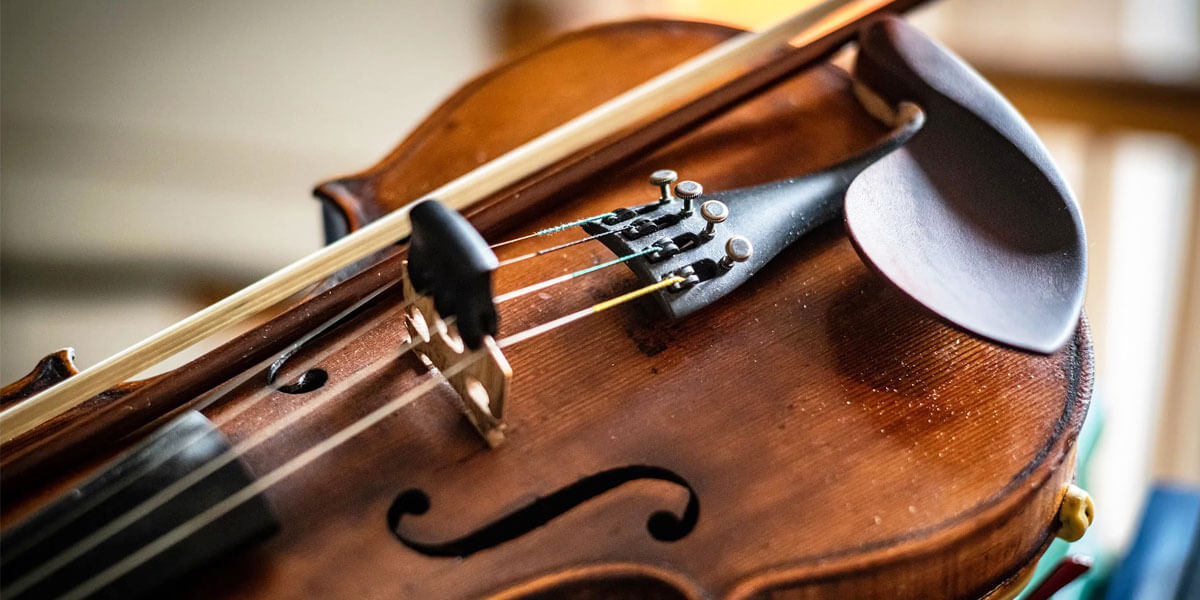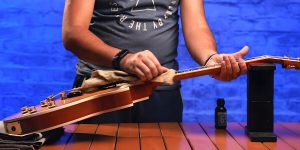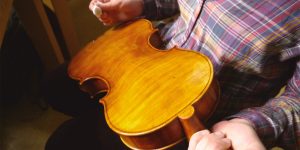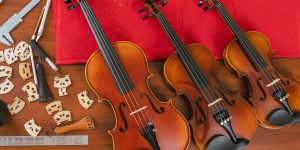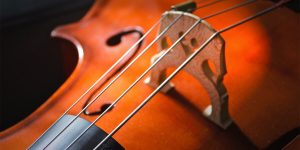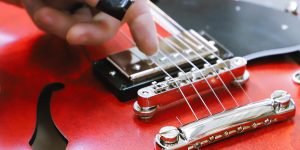Behind this captivating music lies a delicate interplay between the violinist, the instrument, and the violin bow. Its significance goes beyond the act of drawing strings; proper violin bow maintenance is key to unlocking its optimal performance potential. I will try to explain the importance of caring for your violin and what you might need to clean a violin bow, extending its lifespan and the overall playing experience to new heights.
Tools and materials
Maintaining a bow’s optimal performance requires the use of tools and materials that aid in preserving its quality and functionality. Here are some essentials you might need.
Rosin for violin
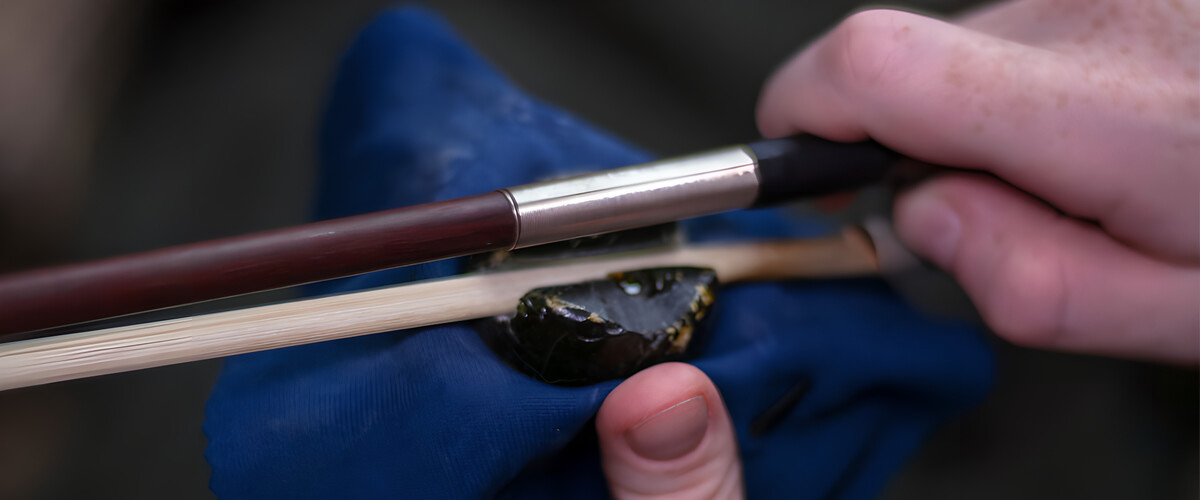
A resinous substance derived from pine trees is what rosin for violin calls, which is applied to the bow’s horsehair to create friction against the strings. This friction is what allows the bow to produce sound when drawn across the violin’s strings. Rosin enhances the grip of the bow hair on the strings, making it possible to produce clear and resonant tones.
Types of rosin
There are several types of violin rosin available that cater to different playing styles, climates, and preferences. Here are some of them.
- Light rosin. It is often softer and less sticky than other types. It is well-suited for playing in humid climates, helping to produce a clear tone without excessive friction.
- Dark rosin. It is typically stickier and produces more grip on the strings. It is suitable for dry climates. Dark rosin can be especially effective for cellists and bassists.
- Mixed rosin. Combines characteristics of light and dark rosins. It provides a balance between grip and smoothness, making it a versatile option.
- Specialty rosin. For example, hypoallergenic rosins are made for players who are sensitive to allergens often found in traditional rosins. There are also formulas for advanced or professional players.
- Grip vs. slip rosin. Grip rosins provide more friction, while slip rosins reduce it, resulting in smoother and lighter articulation.
Bow hair cleaner
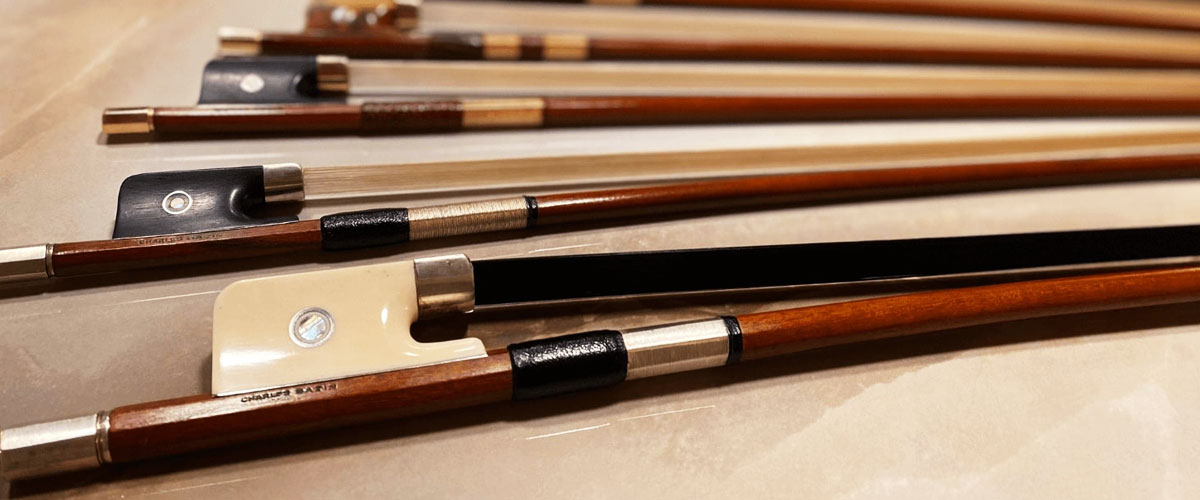
Over time, the bow’s hair can accumulate rosin residue, oils, dirt, and dust from playing. Bow hair cleaner helps to remove these contaminants, restoring the hair’s natural texture and performance.
Composition. It usually comes in the form of a liquid solution. The solution is formulated to break down and dissolve the accumulated rosin and other substances on the bow hair without causing damage.
Using a bow hair cleaner as part of your violin maintenance routine offers several benefits:
- Improved sound quality.
- Consistent and predictable bowing response.
- Extended bow hair lifespan.
- Optimal bow balance.
- Enhanced bow control.
Frequency of use. It depends on how frequently you play, the amount of rosin you use, and your overall maintenance routine. If you notice that the hair is becoming discolored, uneven, or has a noticeable rosin buildup, it’s time to clean it. For most players, using it every few weeks to a couple of months is sufficient.
But note that excessive use of cleaner can strip natural oils from the hair, leading to dryness and potential damage.
Application. These are simple steps on how to clean a violin bow:
- Lose the tension on the bow’s hair, adjusting the screw at the frog end of the bow.
- Gently apply some bow hair cleaner to a soft cloth. Avoid direct contact with the bow’s wooden parts.
- Hold the bow by its frog and gently rub along the length of the hair.
- Allow the bow hair to air dry for a little while, ensuring that it’s not exposed to excessive moisture.
Other soft care tools
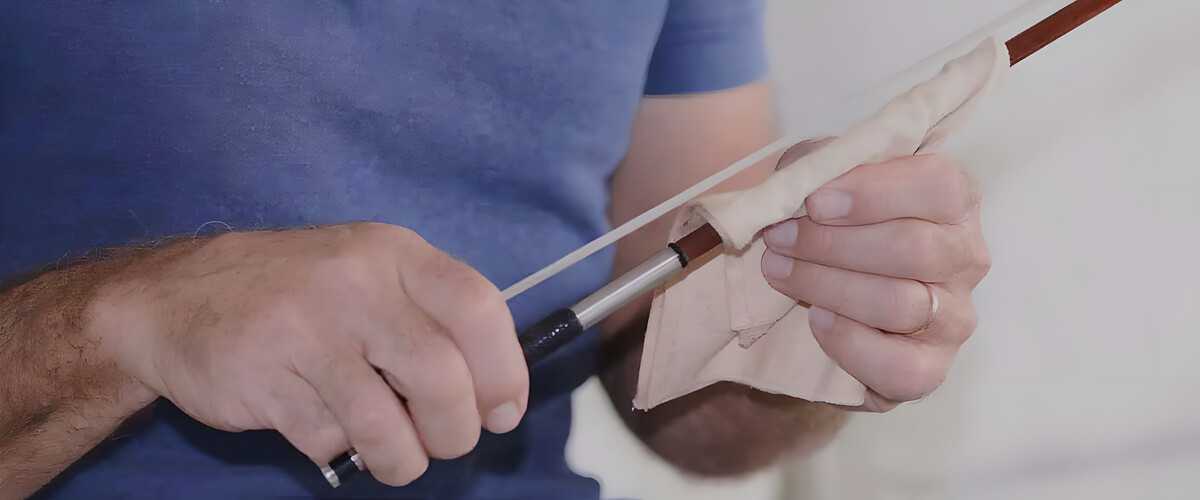
They also help to maintain the cleanliness and condition of your violin and its accessories. Here’s a brief description:
- Soft cloth. It’s made from a gentle and lint-free material to avoid scratching or damaging delicate surfaces. It can be used to remove dust, fingerprints, and other light residues from the instrument’s body, strings, and hardware.
- Soft bristle brush. It is used to gently remove dust and dirt from hard-to-reach areas of your violin and its components. It can be especially useful for cleaning the scroll, f-holes, and around the tuning pegs.
- Microfiber cloth. These cloths are made from ultra-fine synthetic fibers that are designed to attract and trap dust and particles. They are particularly useful for removing rosin residue from the strings and bow hair.
FAQ
How often should I clean my bow hair?
Cleaning bow hair depends on how frequently you play and the condition of your hair. It’s recommended to clean it every few months or when you notice a decrease in performance due to rosin buildup.
Can I use regular household cleaners on my bow hair?
No, you should never use regular household cleaners on bow hair. They can contain chemicals that might damage the hair or affect its performance.
How do I know when it’s time for professional bow maintenance?
If you notice your bow isn’t producing the usual sound, the hair looks uneven or damaged, or the bow doesn’t respond well to rosin, it’s time for maintenance.
Can I use the same bow for different genres of music?
Yes, you can use the same bow for different genres of music, but it’s important to consider the specific characteristics of the bow and the demands of the music.

